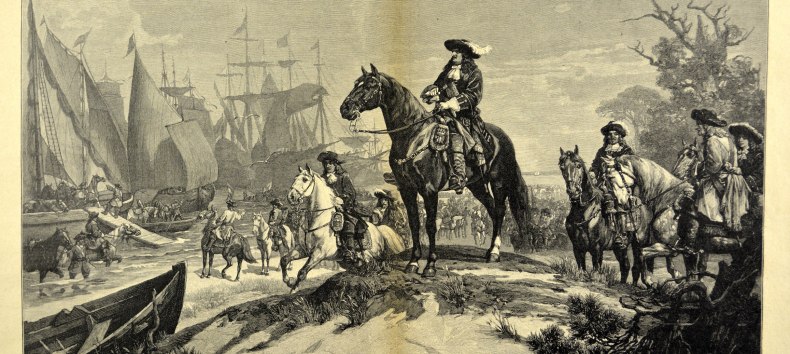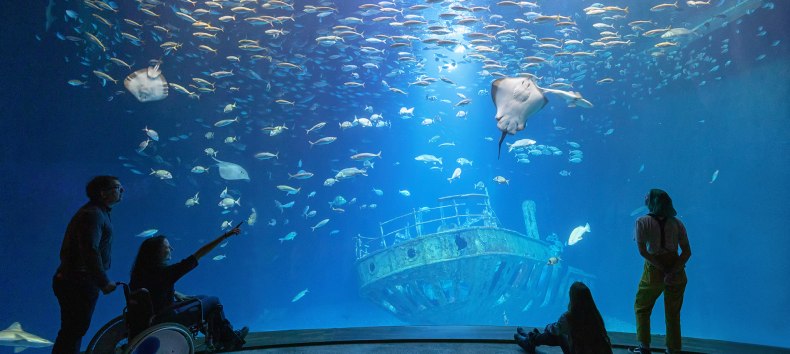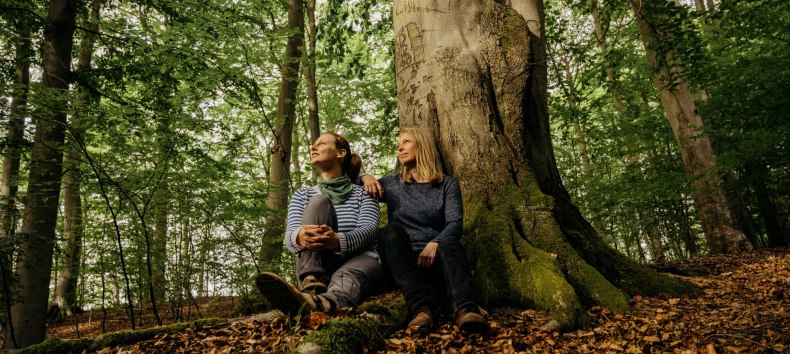Two ballets by Ralf Dörnen Music by Wolfgang Amadeus Mozart and Igor Stravinsky
Lux aeterna. The eternal light. In our dark times, we have no choice but to find and use the light that we carry within ourselves. It is up to us to dare to step out of the darkness. It is up to us to draw conclusions from the past and look ahead in order to grow. Each of us can create and embrace change, overcome the stagnation within and venture into the new. Mozart died during the composition of the Requiem and yet gave his last work such radiance that it is now being choreographed as a counterpoint to the third version of Ralf Dörnen's "Le Sacre du Printemps". The ballet music by Igor Stravinsky is inspired by an imagined pagan spring ritual, at the end of which a girl dances herself to death. Ralf Dörnen transposes the prehistoric ritual into a nightmarish future scenario: hungry creatures wander among mountains of civilization waste, having lost all human traits and stalking each other in order to pounce on the weakest at the most opportune moment. And no one knows who the next victim will be.
"Stravinsky's Sacre may have shaken the theater to its foundations in 1913. You have to go to Greifswald of all places to feel its aftershocks," wrote dance critic Hartmut Regitz about Dörnen's 2008 production in the weekly newspaper "Die Zeit". Stravinsky's "Le Sacre du Printemps" changed the way subsequent composers understood rhythmic structures and provoked one of the biggest theater scandals in history.
Performance rights "Le Sacre du Printemps": Boosey & Hawkes | Bote & Bock GmbH for Hawkes & Son (London) Ltd.



